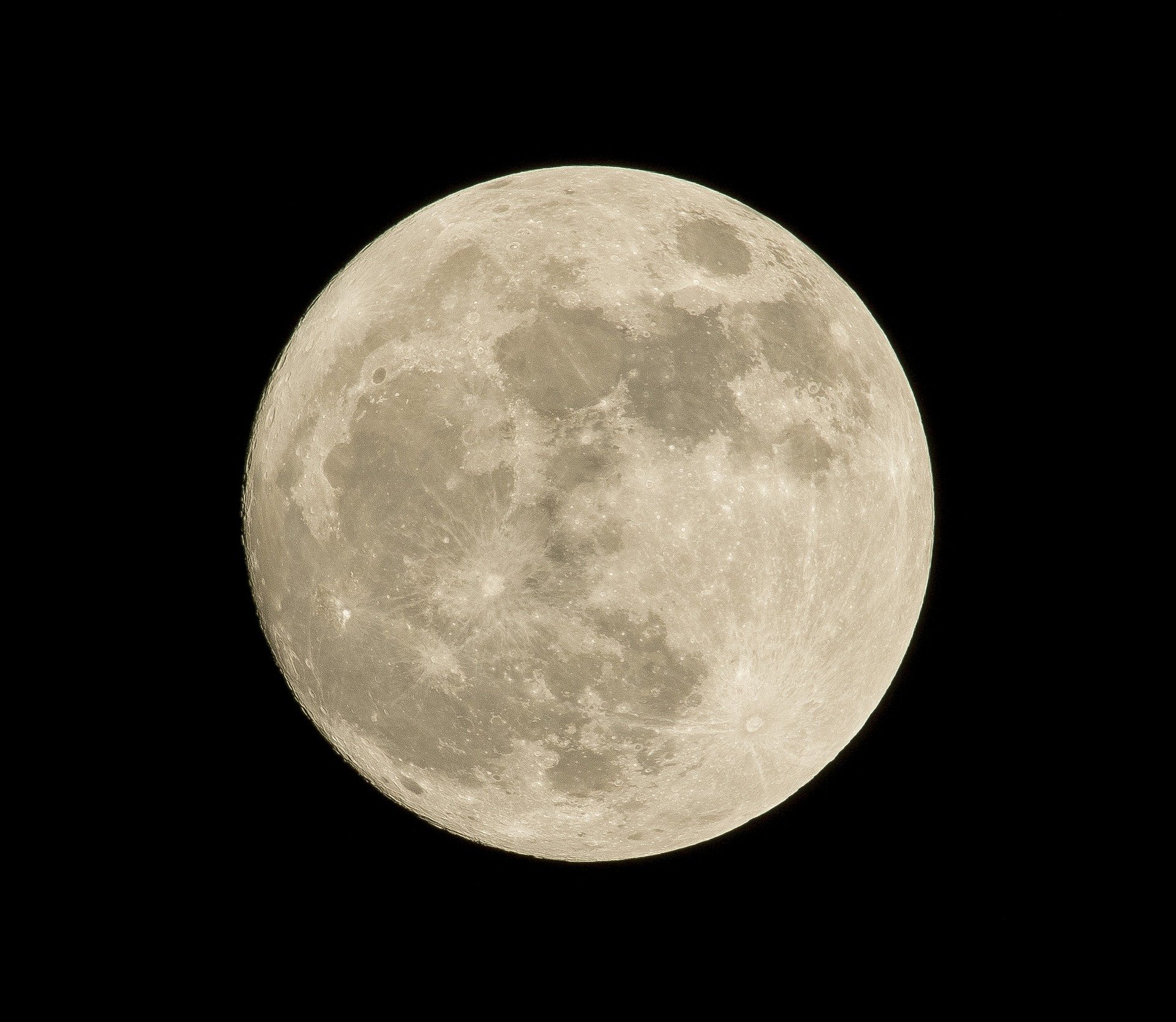Field of view (FOV) is a measure of the extent of the observable sky or the area captured by an optical instrument, such as a telescope or camera. It is typically expressed in degrees and determines the size of the celestial sphere that can be seen or imaged.
To calculate the field of view, several factors come into play. The primary considerations include the focal length of the instrument and the size of the imaging sensor or eyepiece used. A longer focal length narrows the field of view, resulting in a smaller area of the sky being captured. Conversely, a shorter focal length widens the field of view, allowing for a larger expanse of the sky to be observed.
The size of the imaging sensor or the eyepiece also affects the field of view. A larger sensor or wider eyepiece allows for a broader view of the sky, capturing more objects and details. In contrast, a smaller sensor or narrower eyepiece restricts the field of view to a smaller portion of the sky.
By combining the focal length of the instrument with the size of the sensor or eyepiece, astronomers and photographers can calculate the field of view. This measurement is crucial for planning observations, framing images, and understanding the scale and context of the celestial objects being observed or photographed.
In summary, the field of view is determined by the focal length of the instrument and the size of the imaging sensor or eyepiece, enabling astronomers and photographers to determine the extent of the sky captured or observed.
How big are the objects I will be able to see during an observation?
An exciting application is available for you below to test and explore what you will be able to observe through the Celestron 8SE telescope with either the CCD camera NexImage5 or the DSLR camera Canon 2000D. This application provides an interactive experience by showcasing three captivating examples: the Moon, Jupiter, and the stunning galaxy M51.
Simply select an object and the camera, and press "Calulate". This will provide you with the field of view in degrees, as well as the images as seen with the selected instrument.
Whether it's the Moon, Jupiter, or the mesmerizing galaxy M51, this application provides an interactive platform for users to explore and anticipate the wonders that await them when using the Celestron 8SE telescope in conjunction with the powerful CCD camera NexImage5 or the versatile DSLR camera Canon 2000D.
The field of view is as follows: 0.25° X 0.19°
